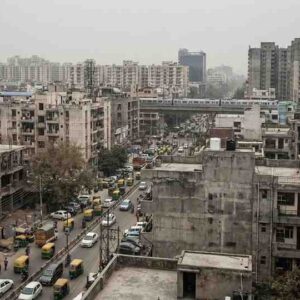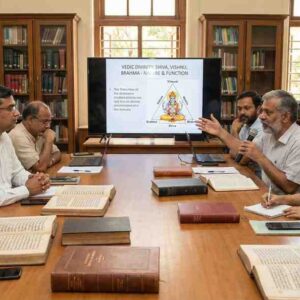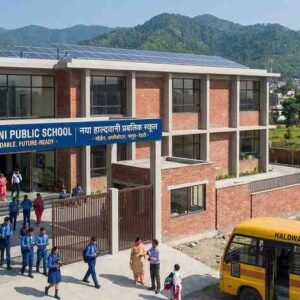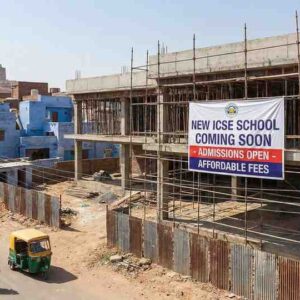As India strides forward on its path to becoming an educational powerhouse, a pressing question emerges: Is education becoming too expensive in India? With rising tuition fees and associated costs, the dream of quality education seems increasingly out of reach for many. This growing financial burden is prompting a national conversation about the accessibility and affordability of learning in the world’s largest democracy.
Education in India is characterized by stark contrasts. On one end of the spectrum, there are free public schools, while on the other, elite private institutions command hefty fees that can rival those of prestigious universities abroad. The middle ground, filled by private and semi-private schools, also sees a wide range of tuition fees, often climbing annually.
The issue extends beyond school education. The cost of higher education in India has seen a dramatic increase over the past decade. Private universities and specialized institutions such as those for engineering and management often charge tuition fees that many Indian families find prohibitive without scholarships or loans.
This surge in costs is not just limited to tuition. It encompasses accommodation, textbooks, technology, and other learning materials, which all contribute to the financial strain on students and their families. The COVID-19 pandemic exacerbated this issue, as the shift to online learning required additional investments in digital devices and internet access, further widening the educational divide.
Critics argue that the escalating costs of education could lead to increased inequality, limiting access to quality education to a privileged few. This, they worry, undermines India’s efforts to improve human capital and ensure inclusive growth and development.
However, there is another side to the story. Proponents of the current pricing structure argue that higher fees are necessary to maintain the quality of education, especially in private institutions that receive little to no government funding. They claim that these funds are vital for attracting qualified teachers, investing in state-of-the-art facilities, and maintaining small class sizes that foster better learning.
The government has made efforts to mitigate these challenges through scholarships, education loans, and other financial aids, but the reach is often limited, and the impact is mixed. The introduction of the National Education Policy (NEP) 2020 aims to further democratize education by proposing reforms that make it more affordable and accessible. These include increasing public investment in education to nearly 6% of the GDP, a significant rise from current levels.
As India debates this critical issue, the balance between affordability and quality remains delicate. The question isn’t just whether education is becoming too expensive but whether the investments made by families across the country are yielding an equitable return. As policy makers, educators, and stakeholders ponder these issues, the future of millions of young minds hangs in the balance, waiting for a system that not only educates but also uplifts.













